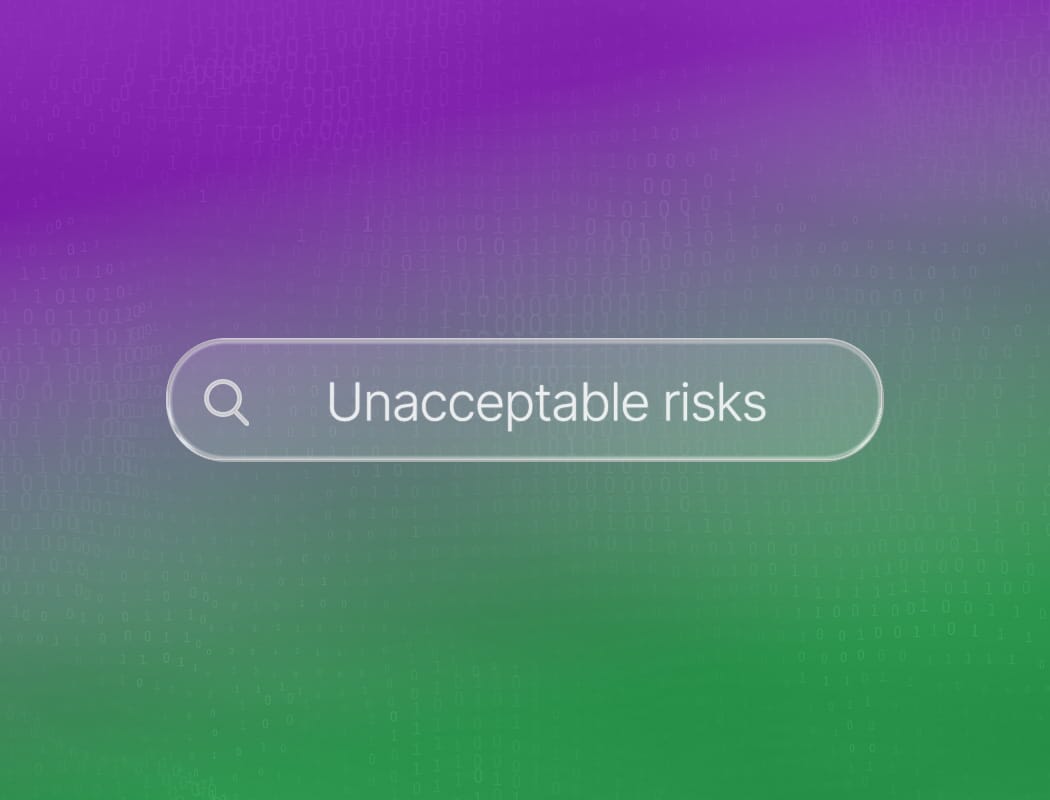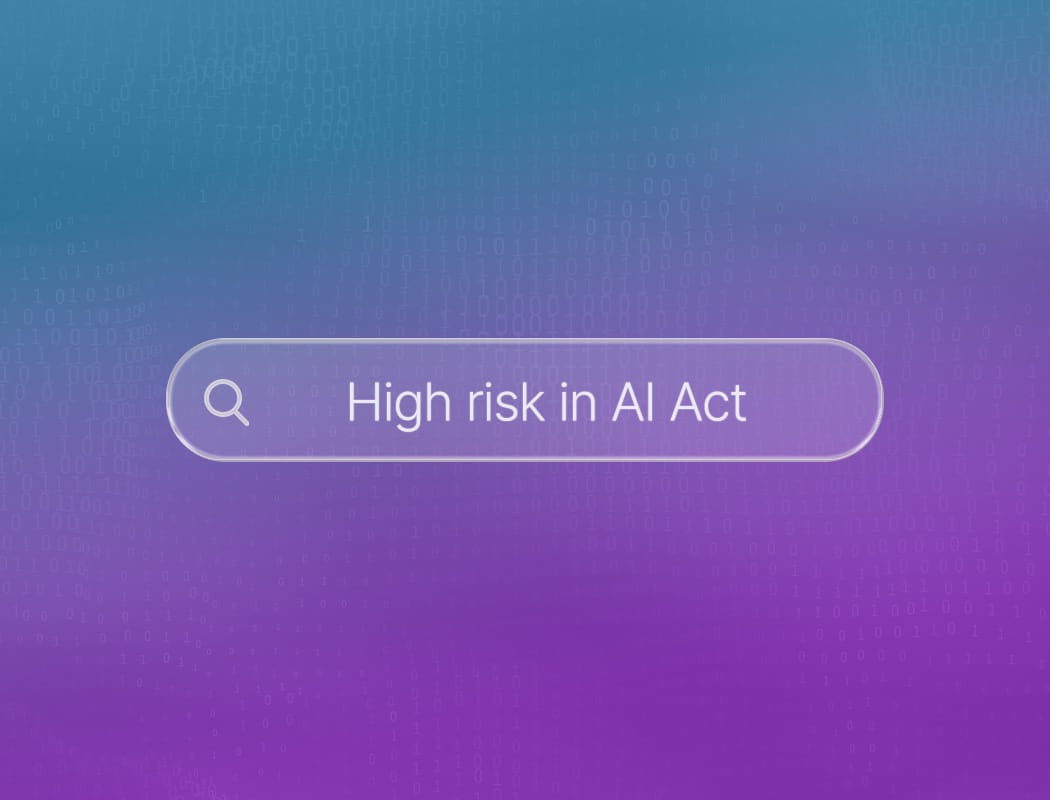What is AI bias?
AI bias is when artificial intelligence systems make decisions that are systematically unfair or incorrect. It’s as if the AI is lying about the same thing all the time, but the difference is that it doesn’t know it’s lying, because it never really knew the other point of view.
A small error in the training process can lead to big problems down the line. For example, if an AI is trained mostly on data from one group of people, it might not work as well for everyone else.
AI bias can show up in many ways and is a big risk of AI. It might affect job applications, loan approvals, or even what ads you see online.
Sometimes, it’s obvious. Other times, it’s hidden behind complex algorithms. The key is to always question how decisions are made and who might be left out. By staying alert to AI bias, we can help create fairer systems for everyone.
Definition of bias and link to AI
The definition of bias is the tendency to support or oppose someone or something in a way that is not fair, often because personal opinions or feelings influence one’s judgment. Bias can work against someone (disadvantaging them) or towards someone (giving them an unfair advantage).
When people talk about bias in artificial intelligence, they are drawing on the same idea of unfair preference or distortion described in the general definition. Just as human bias can come from personal opinions or social influences, AI bias often arises because the data used to train algorithms reflects human choices, historical inequalities, or imbalances.
Types of AI Bias
AI bias is a tricky thing. It can sneak into algorithms without anyone noticing, shaping decisions in ways that are hard to spot at first glance.
When we talk about types of AI bias, we’re really talking about the different ways these systems can go off track. Sometimes it’s because of the data they’re trained on. Other times, it’s the way humans set up the rules or interpret the results.
1. Algorithmic bias
Algorithmic bias creeps in during the design or coding phase. Even if the data is perfect, the way an algorithm processes it can create problems.
Maybe the rules favor one outcome over another, or maybe the system learns shortcuts that don’t make sense. Algorithmic bias can be subtle, making it tough to detect until it’s already caused harm.
2. Cognitive bias
Cognitive bias slips in through the humans who design and guide AI systems. Since people bring their own assumptions, experiences, and blind spots, those can easily shape how the model learns.
For example, if a developer unconsciously prioritizes certain features over others, the AI may end up reflecting their personal perspective rather than reality. Because it’s so tied to human judgment, cognitive bias is tricky. Sometimes people don’t even realize they’re passing along their own bias to the machine.
3. Exclusion bias
Exclusion bias happens when critical pieces of data never make it into the system in the first place. Maybe a developer doesn’t realize that a certain group or factor matters, so it gets left out of the training data.
The result is an incomplete picture that leads the AI to make unethical decisions. Think of a hiring algorithm that ignores part-time work or nontraditional career paths. When leaving out that data, it risks missing qualified candidates who don’t fit the “standard” mold.
4. Confirmation bias
Confirmation bias shows up when AI doubles down on patterns that already exist in the data, instead of looking for fresh insights. If the training data leans heavily toward a certain assumption, the system may just reinforce it, repeating old mistakes instead of challenging them.
For instance, if past lending decisions favored certain groups, an AI trained on that history might continue approving loans the same way, ignoring signals that could point to new, fairer opportunities.
5. Sample and selection bias
Sample or selection bias occurs when the dataset used to train an AI isn’t broad or representative enough. If the sample only captures one slice of reality, the system will assume that’s the whole story.
Picture an AI trained to evaluate teachers, but the dataset only includes educators with the same background and qualifications. The model would likely judge future candidates against that narrow mold, unfairly sidelining anyone with different (but equally valuable) experience.
Causes of AI Bias
The causes of AI bias are not always obvious. They can hide in the data, the design, or even in the way people use these tools.
Understanding where AI bias comes from is the first step to fixing it. Let’s look at three main causes that help explain why AI sometimes gets things wrong.
Biased data sets
The most common cause of AI bias is the data used to train these systems. If the data is unbalanced or reflects stereotypes, the AI will learn those patterns and repeat them.
Imagine teaching a child only using books from one point of view. That child will grow up with a narrow understanding of the world.
In the same way, if an AI is trained on data that mostly features one group of people or one type of situation, it will make decisions that favor what it knows best.
This is why it’s so important to use diverse and well-checked data sets when building AI models. Otherwise, the bias in the data becomes the bias in the machine.
Algorithm design choices
Even with perfect data, the way an algorithm is designed can introduce bias. Sometimes, developers make choices about which features to include or how to weigh different factors. These choices might seem neutral, but they can have big effects.
For example, if an algorithm is set up to prioritize speed over accuracy, it might overlook important details that matter for fairness. Or, if certain groups are underrepresented in the training process, the algorithm might not work as well for them. AI bias can creep in through these small decisions, often without anyone realizing until the system is already in use.
Human influence and feedback loops
People play a big role in shaping AI systems, both before and after they are launched. Human influence can show up in the way data is labeled, the goals set for the AI, or the feedback given once the system is running.
If users reward certain behaviors, the AI will learn to repeat them, even if they are biased. This creates feedback loops where the AI keeps getting better at making the same mistakes.
Over time, these patterns become harder to spot and fix. That’s why it’s crucial to keep checking AI systems and updating them to prevent bias from taking root.





